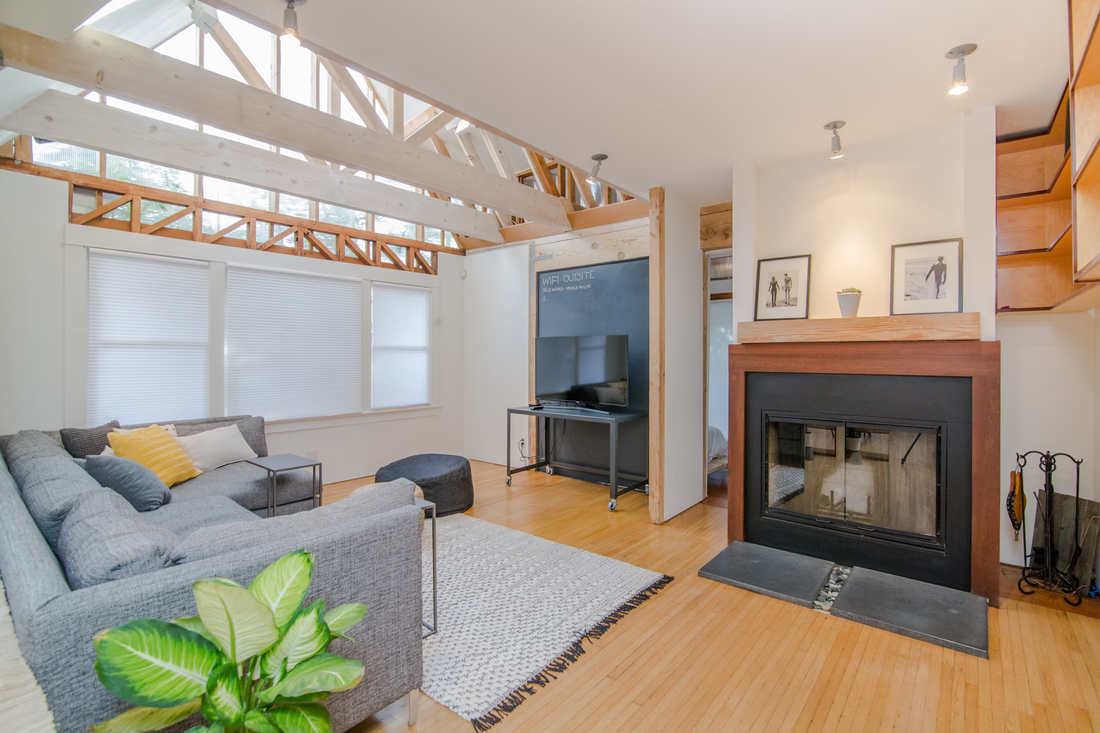
The Psychology of Colors: How to Choose the Right Palette for Your Home
Color plays a crucial role in home design, influencing mood, atmosphere, and even energy levels. Whether you’re decorating a single room or your entire home, understanding color psychology can help you create a space that feels just right. Let’s explore how different colors impact emotions and how to choose the perfect palette for your home.
1. The Power of Neutrals: Calm & Timeless
Neutral colors like white, beige, gray, and taupe offer a sense of simplicity and elegance. They create a clean, airy environment and serve as a perfect backdrop for any decor style. ✔ Best for: Living rooms, bedrooms, and minimalist spaces
✔ Psychological effect: Promotes calmness, balance, and timeless sophistication
2. Blue: The Ultimate Relaxer
Blue tones, ranging from soft sky blue to deep navy, have a soothing and calming effect. This color is often associated with tranquility, making it ideal for relaxation. ✔ Best for: Bedrooms, bathrooms, and offices
✔ Psychological effect: Reduces stress, encourages focus, and enhances serenity
3. Green: Nature’s Tranquility
Green symbolizes growth, renewal, and harmony. It’s known to bring the calming essence of nature indoors and create a peaceful atmosphere. ✔ Best for: Living rooms, kitchens, and home offices
✔ Psychological effect: Encourages relaxation, promotes a sense of balance, and enhances creativity
4. Yellow: The Mood Booster
Bright and cheerful, yellow evokes happiness and positivity. However, too much yellow can feel overwhelming, so use it as an accent color for a lively touch. ✔ Best for: Kitchens, dining areas, and entryways
✔ Psychological effect: Energizes, uplifts mood, and stimulates conversation
5. Red: Bold & Passionate
Red is a powerful color that demands attention. It’s often associated with energy, passion, and warmth but should be used thoughtfully. ✔ Best for: Dining rooms, statement walls, and social spaces
✔ Psychological effect: Increases excitement, enhances appetite, and promotes conversation
6. Purple: Luxurious & Creative
Purple is often linked to royalty, luxury, and creativity. Lighter shades like lavender create a calming effect, while deep purples add drama and sophistication. ✔ Best for: Bedrooms, meditation rooms, and artistic spaces
✔ Psychological effect: Inspires creativity, evokes a sense of luxury, and promotes introspection
7. Black & Dark Tones: Chic & Dramatic
While black and other dark hues might seem intimidating, they add depth, contrast, and elegance when used correctly. They can make a bold statement in modern spaces. ✔ Best for: Accent walls, modern interiors, and high-contrast designs
✔ Psychological effect: Creates a sense of mystery, sophistication, and boldness
Choosing Your Perfect Palette
When selecting colors for your home, consider the mood you want to create in each room. Mixing complementary shades or using neutral tones with pops of color can create a balanced and visually appealing space.
By understanding color psychology, you can design a home that not only looks beautiful but also enhances your well-being and mood. So, what colors will you choose to transform your space?
